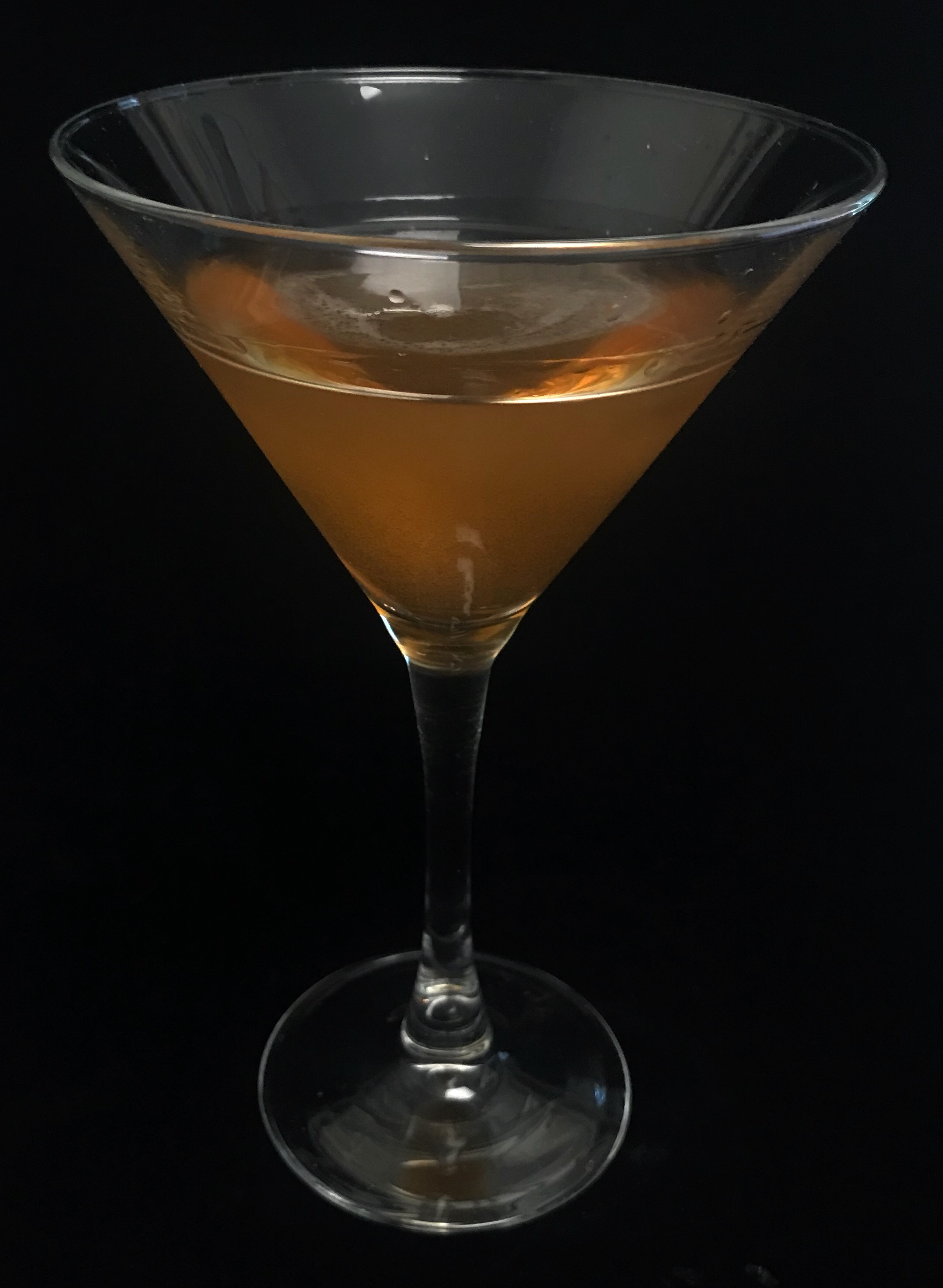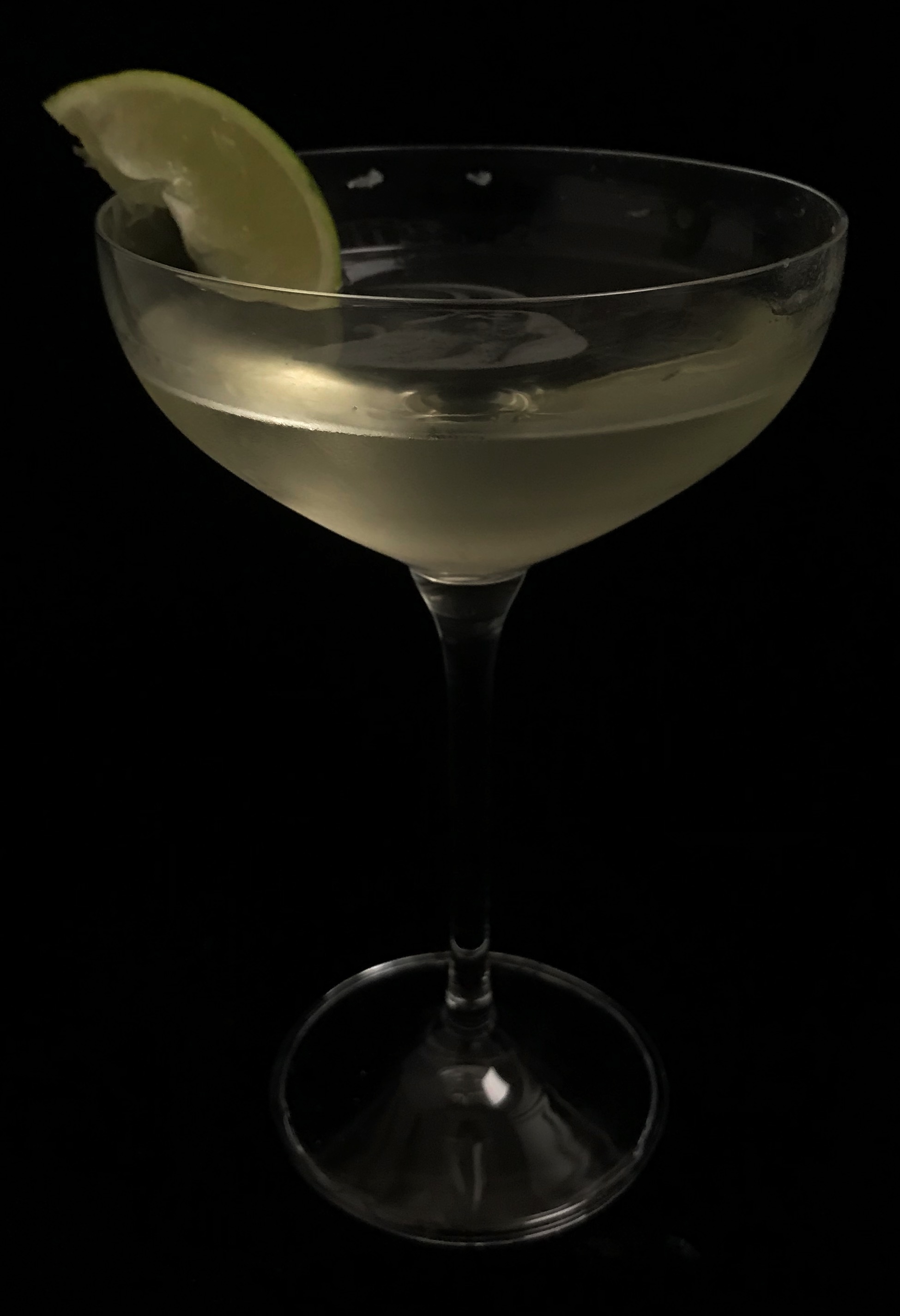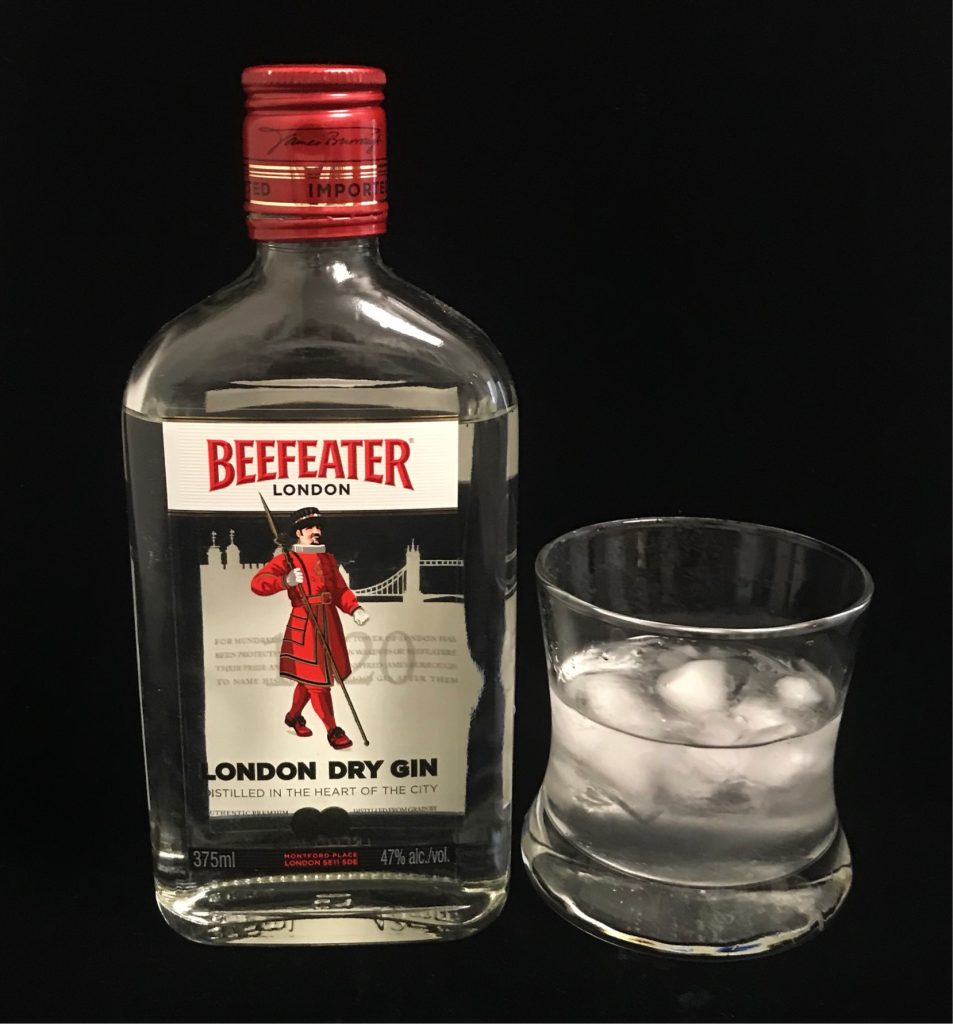From the bartender’s corner: Gin #42 – Bombay Sapphire
This is the last in the series of gin trials and reviews. I am finishing with the other iconic (first one being Tanquerray) bottle you can see in just about any bar you go to. Bombay Sapphire has that distinct blue colored bottle that is easily recognizable from a distance. I understand this is the second highest (by volume) consumed gin in USA. The gin itself came of being in the late 1980s
The gin has a distinct nose and palate to it. You will recognize a Bombay Sapphire after having it a couple of times. I always thought that they have some special herbs or botanicals the gave it those distinct notes. As it turns out, the botanicals are fairly standard for any gin – perhaps it is all in the proportions and the process.
The process includes neutral grain spirits being vapor distilled with those botanicals in copper baskets. The botanicals are all mentioned in the bottle – Juniper berries, lemon peel, coriander, orris root, almonds, cassia bark, licorice, angelica, cubeb berries, and grains of paradise. The last two botanicals is what separates out a Bombay Sapphire from a Bombay Original.
After trying out so many gins, going back to Sapphire, the fist thing I noticed is that the juniper is not as prominent as you would expect in a London Dry gin. The nose is distinctly citrusy and has floral notes. The palate comes in two parts. You will first feel the oily, silky texture as it fills out the mouth. If you keep it in the mouth and swirl it, you will get the burst of citrus and the spiciness of the cinnamons fill your mouth up. The junipers will still be understated though. The finish is nice and long with juniper coming thru more strongly here and the expected citrus.
Always a great gin to go to when you cannot quite make up your mind!









